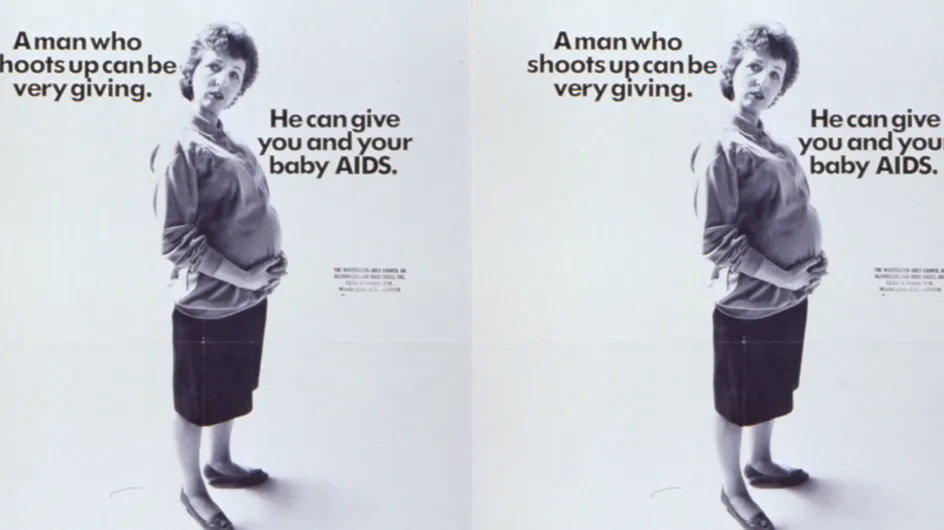1. HIV/AIDS = DEATH
On the 23rd November 1991, Queen frontman Freddie Mercury publicly acknowledged he had AIDS. The next day, he passed away from the disease. Fans had watch him go from strong, energetic singer to a waif of a man, thin and frail. This is a lot of people's perceptions of HIV and AIDS: a gay man, dying slowly. And back then, in the 80s and 90s, not enough was known about HIV/AIDS to save many of those who had it, and so at that point in history, it was a death sentence. But now, research has been fruitful, and in the UK we have around 25 anti-HIV drugs available to sufferers, so people can now live with the disease using medication to manage it.
2. You can cure HIV
Nope, not true. The drugs available to HIV patients won't simply get rid of the disease. At this point in time, if you have HIV, you will have it for life but as we said, it is now possible to live a relatively normal life with it. The medication that is provided to sufferers helps you manage the disease by reducing your virus levels to an low, or undetectable level. It's like diabetes - it's something that is manageable with the right medication. But as of yet, there is no cure for HIV.
3. HIV can be passed on through kissing
Although kissing is technically the swapping of bodily fluids, you can't get HIV from saliva because it does not contain enough of the virus to be able to infect another person. The same goes for sweat and urine. But HIV can be transmitted through semen, vaginal fluids, blood, breast milk and rectal secretions. These would have to enter the body through one of four ways: the mouth, the vagina, the anus or the veins (for example, when using an intravenous needle). Oral sex poses a much lower risk for HIV, but is not risk-free entirely. Oral sex is to be avoided if you have bleeding gums, or you have cuts or sores in and around your mouth.
4. Two people who are both HIV positive can have unprotected sex
Ahh, if only things were that fair. When two people who are both HIV positive have sex, the HIV does not simply stay contained. It can actually cause what is known as a HIV superinfection. This is when a person who is already HIV positive is infected by a second strain of the disease from another person with HIV. And so even two HIV positive people must always still use a condom during intercourse.
5. It is not possible for someone with HIV to have a baby
Nu-uh. Not even. It is entirely possible for a woman with HIV to have a healthy baby. If you are receiving treatment for HIV during your pregnancy and don't breastfeed your baby, the risk of your baby contracting HIV falls to less than 1 in 100, whereas without the treatment the risk rises to 1 in 4. There are a number of precautions HIV positive women can take when they're looking to conceive, and you can check them out here.
What other myths do you want to de-bunk this World AIDS Day? Let us know: @sofeminineUK
You might also like...
5 Reasons We Need To Sign The #Equality4MentalHealth Petition













